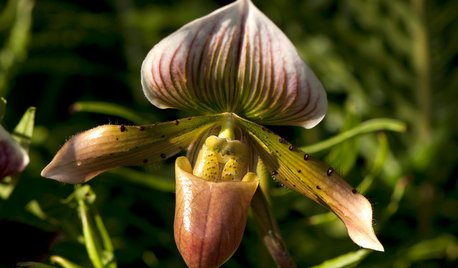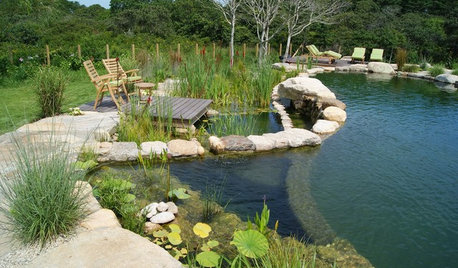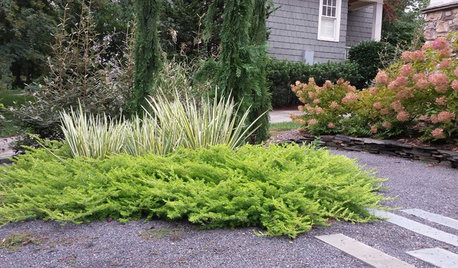will these juniper cuttings be successful?
mawehe63
14 years ago
Related Stories

HOUSEPLANTSOrchids 101: Slipper Orchid Success
If you don’t already love Paphiopedilums, learning how to grow them with ease might change your mind
Full Story
REMODELING GUIDES6 Steps to Planning a Successful Building Project
Put in time on the front end to ensure that your home will match your vision in the end
Full Story
ARCHITECTUREHave It Your Way — What Makes Architecture Successful
Universal appeal doesn't exist in design. The real beauty of any home lies in individualization and imagination
Full Story
DESIGN DETAILSThe Secret to Pocket Doors' Success
Pocket doors can be genius solutions for all kinds of rooms — but it’s the hardware that makes all the difference. See why
Full Story
SALVAGEDIY: Secrets of Successful Upcycling
Learn how to find and customize salvaged pieces and materials to create one-of-a-kind furniture and accessories you love
Full Story
ORGANIZINGSmall Steps to Organizing Success
Take care of bite-size projects, and your home's big picture will be an organized dream before you know it
Full Story
FURNITURE10 Secrets of Successful Secondhand Furniture Shopping
Design professionals offer tips on how, where and what to buy
Full Story
LANDSCAPE DESIGNSecrets of a Successful Water Garden
Relax. Having a water garden is much easier once you understand the basics
Full Story
BATHROOM DESIGNMeasures of Remodel Success: Bathrooms by the Numbers
Count on a beautifully laid out bathroom when you factor in these measurements, costs and more
Full Story
PLANTING IDEASThese Aren’t Your Grandparents’ Junipers
Dislike junipers? Maybe it’s time to discover new varieties and new uses for this garden workhorse
Full Story



head_cutter
tapla (mid-Michigan, USDA z5b-6a)
Related Professionals
Barrington Landscape Contractors · Cedar Hill Landscape Contractors · Elmhurst Landscape Contractors · North Highlands Landscape Contractors · Northport Landscape Contractors · Yuba City Landscape Contractors · East Norriton Landscape Contractors · Ashland Decks, Patios & Outdoor Enclosures · Crestline Decks, Patios & Outdoor Enclosures · Hull Decks, Patios & Outdoor Enclosures · Manchester Decks, Patios & Outdoor Enclosures · Pittsburgh Decks, Patios & Outdoor Enclosures · Randolph Decks, Patios & Outdoor Enclosures · Richmond Decks, Patios & Outdoor Enclosures · Pleasant Grove Decks, Patios & Outdoor Enclosuresmawehe63Original Author
tapla (mid-Michigan, USDA z5b-6a)
head_cutter